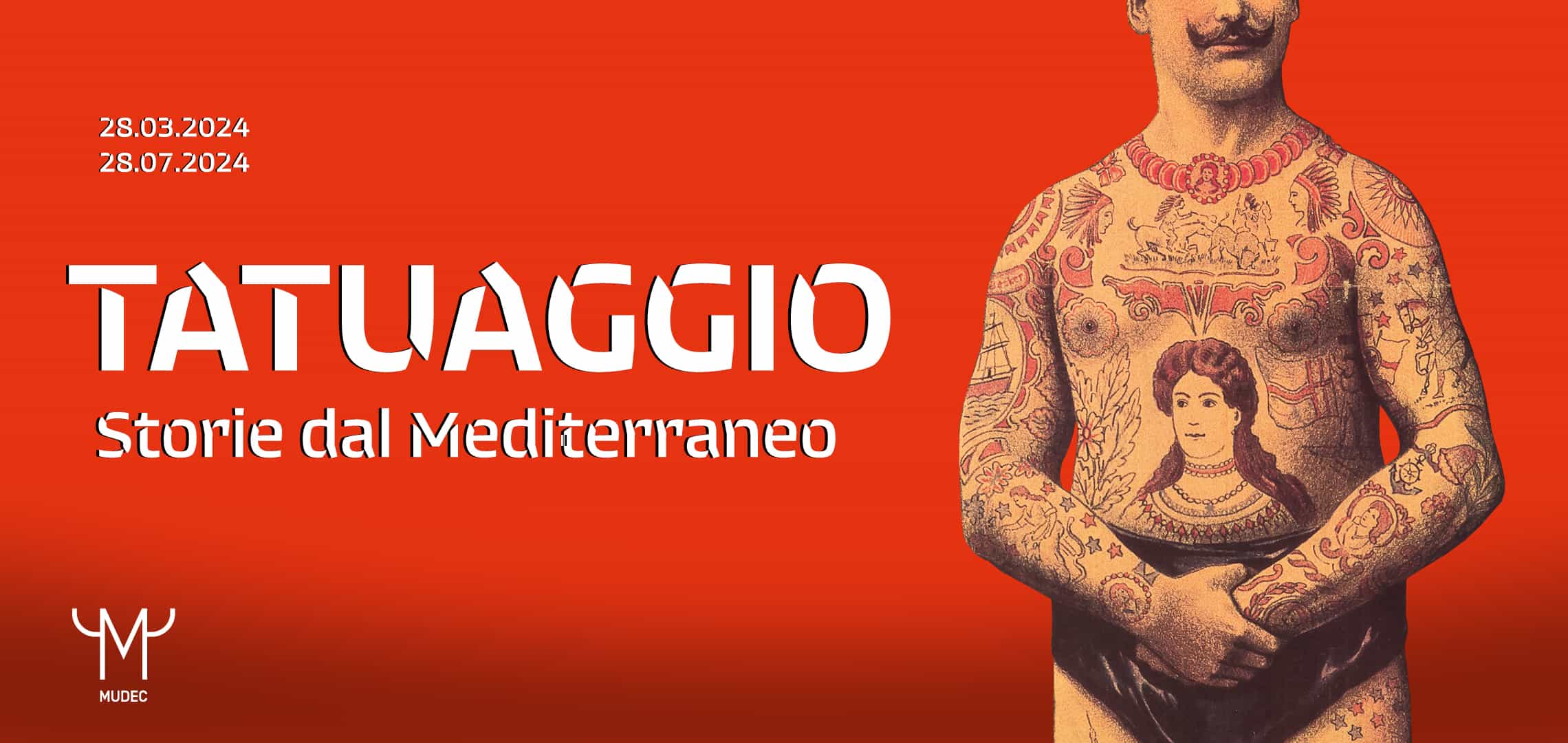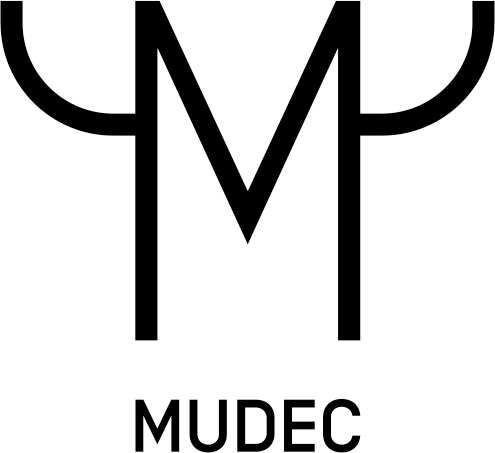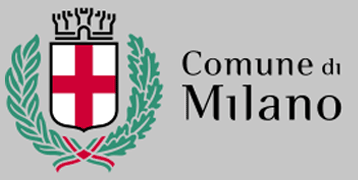
TATTOO
Tales from Mediterranean
March 28, 2024 – July 28, 2024
Curated by Luisa Gnecchi Ruscone and Guido Guerzoni
in collaboration with Jurate Francesca Piacenti
What does tattoing mean? Why do people tattoo today? Are they moved by personal and solid choices or by light-hearted decisions made because “everyone is doing it today”? And, most importantly, what stories lie behind a mark, forever “ours”?
A tattoo can be a message to show to the world, an ornament that persuades and makes us believe that we are unique, a vow or a playful souvenir, a mark of belonging or a declaration of independence, a proof of love or the processing of a grief.
These social and cultural reflections have aroused the interest of the museum, wanting to deepen the knowledge of practices, rituals, shapes and means of expression that can be found in any age and place of Earth – from antiquity to the present – through an exhibition addressing tattooing from a historical, anthropological and cultural perspective, starting from the places where its first evidence was found: the Mediterranean basin.
The unprecedented exhibition “Tattoo. Tales from the Mediterranean,” produced by 24 ORE Cultura – Gruppo 24 ORE and promoted by the Municipality of Milan – Culture Department, curated by Luisa Gnecchi Ruscone and Guido Guerzoni, with the collaboration of Jurate Francesca Piacenti, traces the history of tattooing, from prehistoric evidence to the present day, particularly focusing on the Mediterranean area, but also displaying non-European materials that facilitate the comparison of a global phenomenon.
Throughout the millennia, in fact, tattoos have gradually taken on different forms, meanings and functions: in the past, some people voluntarily chose to be tattooed to prevent and treat diseases, to declare their rank, to express their faith or celebrate rites of passage, while others were forced to be tattooed to bear permanent marks of infamy, as for example slaves, defectors or convicts.
Between the mid XXth and early XXIth century, with Cesare Lombroso, Alexandre Lacassagne and other so-called “criminal anthropologists” tattooing was associated with outsiders, convicts and “deviants”. Thus was born the prejudice against a practice considered “primitive and atavistic”, unworthy of “civilized” man, with the consequent affirmation within specific subcultures that have proudly claimed it until its recent global mass success, which has made it socially accepted, as well as extremely popular.
In a multimedia and interactive stage conceived by the design studio Dotdotdot, a rich selection of manufacts, historical objects, tools, audio tracks and video installations, infographics, prints, engravings, texts and reproductions from numerous institutions and museum collections, such as the South Tyrol Museum of Archaeology dedicated to the discovery of the “Iceman,” the Museum of Criminal Anthropology “Cesare Lombroso” – University of Turin and the Museo Nazionale delle arti e tradizioni popolari in Rome and the Museo Pontificio of the Delegazione Pontificia per il Santuario della Sanata Casa di Loreto, up to the private collections of the Gian Maurizio Fercioni’s Queequeg Tattoo Studio & Museo in Milan.
From Ötzi, the most ancient tattooed man so far been found in a condition of natural mummification, to the ancient Egyptians with the fundamental evidence of the tattooed female mummy from Deir el-Medina, the exhibition project guide the audience through an evocative and kaleidoscopic collage of images, colors and experiences told by contemporary tattoo artists, who introduce us to the multifaceted reality of contemporary tattooing in a continuous appropriation and reinterpretation of cultural meanings and messages.
infoline
0254917 (mon-fri 9.00-18.00)
28 March 2024 – 28 July 2024
Monday 14.30 – 19.30
Tuesday – Wednesday – Friday – Sunday 9.30am – 7.30pm
Thursday – Saturday 9.30am – 10.30pm
LAST ENTRY ONE HOUR BEFORE CLOSING TIME
Mudec – Museo delle Culture
Via Tortona 56, Milan

Rudolf Franz Lehnert (1878-1948), Ernst Heinrich Landrock (1878-1966)
Dancer of the Ouled Nail tribe
Courtesy Tattoo Museum Gian Maurizio Fercioni, Milan

Emma et Frank De Burgh
1886
Charles Lévy (ed.)
Poster
Musée Carnavalet – Histoire de Paris, Parigi

Emma et Frank De Burgh
1886
Charles Lévy (ed.)
Manifesto
Musée Carnavalet – Histoire de Paris, Parigi










